Haircut numbers and sizes play a significant role when it comes to a perfect hairstyle. Desired hair length isn’t possible without the right hair clipper size. Knowing the right clipper size is necessary irrespective of whether you are a professional barber or want to get your haircut on your own.
Haircut number represents the size of guard clipper size which is mounted on the clipper. The size of clipper means the size of hair left after cutting. Therefore, the value of a number is directly proportional to the size of the hair, i.e., the greater the number will be, the longer the hair is left after use.
Different brands offer their haircut number kits, and every haircut clipper size varies 1/8 of an inch. Number 3 haircut means 3/8 inches hair on the scalp, while haircut number 4 will give you ½ inch length.
Different Haircut Numbers & Hair Clipper Guard Sizes
The selection of hair cut number and clipper guard size depends on a person’s haircut style. But here are the haircut number and the length you get from it.
Before sharing the haircut numbers and respective lengths, we will give a brief detail of hair terminologies used by barbers so you may understand the exact size required for your favorite haircut.
Taper: Taper is a common term used by barbers. It means the length of your hair will gradually decrease from top to bottom. No clippers are used in tapering while it doesn’t require a short haircut.
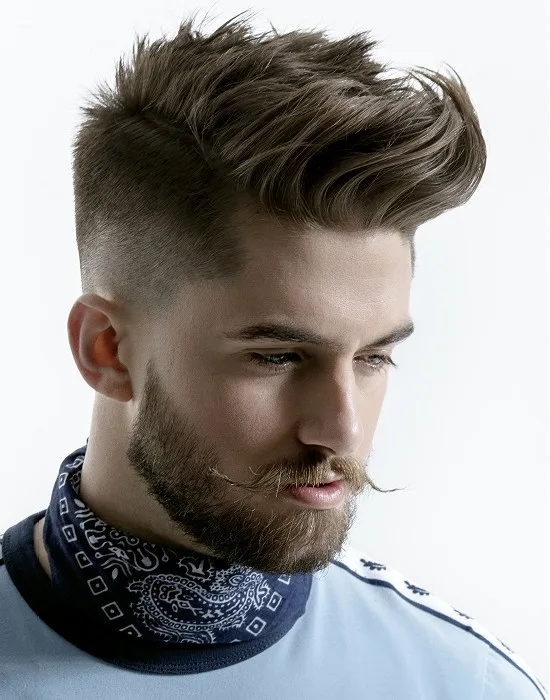
Fade: Fade means the change of length from top to bottom so that it seems to fade out. Some people get confused between taper and fade due to the similarity, but both are different in looks. Guard clippers are used in fading, while expert hairdressers can make taper haircuts with scissors.
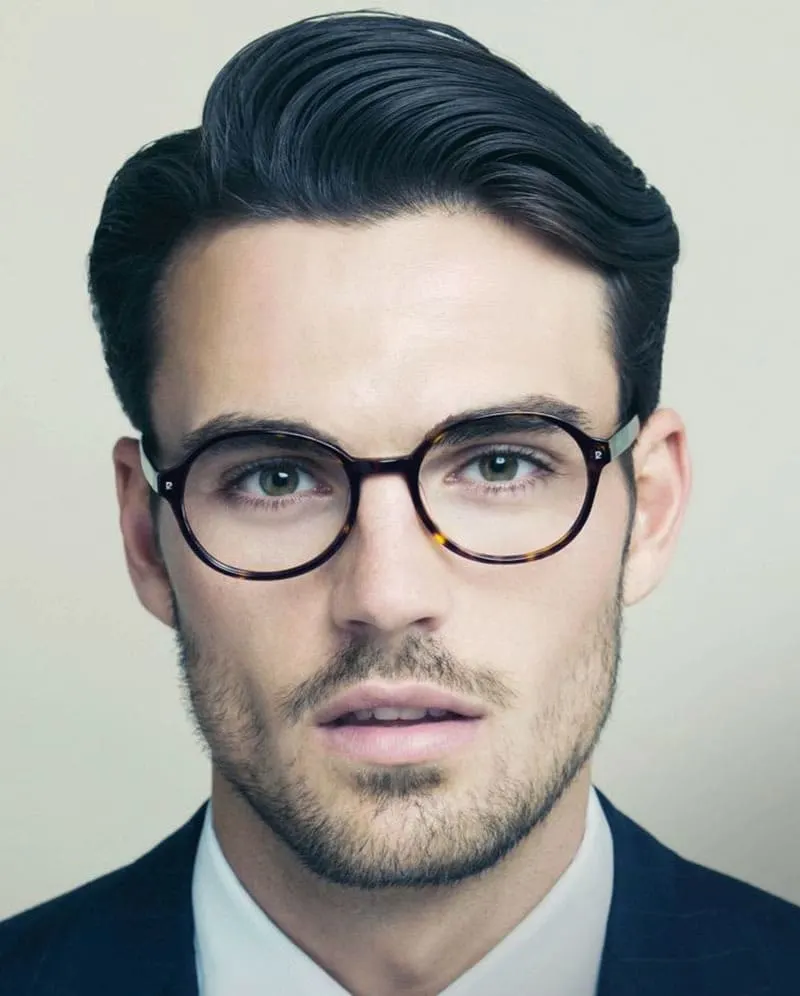
Neckline: Neckline dramatically impacts your overall haircut appearance. There are three main necklines. Usually, barbers offer, i.e., tapered, round, and blocked.
In a tapered neckline, the natural neckline is followed and gradually shortened the length.
A blocked neckline gives a wider look at your neck and is suitable for those who have thin neck shapes. However, a short-term clean look is a major drawback of this haircut as the growing hair disturbs the overall appearance.
The rounded neckline is similar to the blocked neckline, and it gives untidy looks when your hair starts growing again.
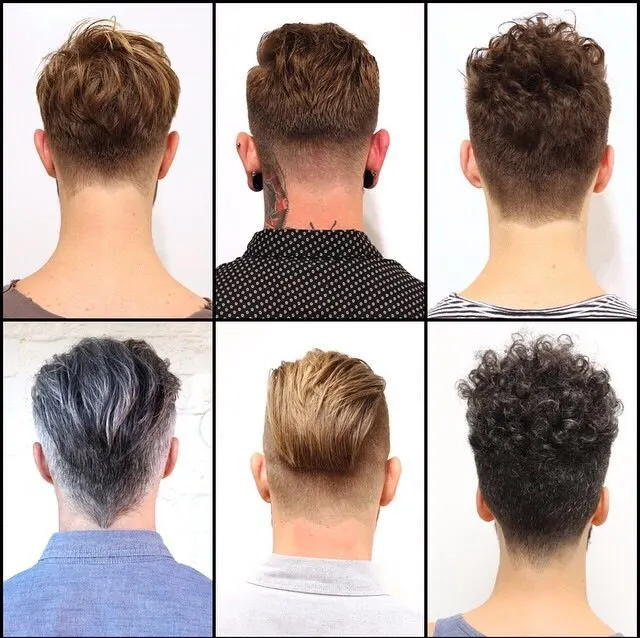
Texture: The choice of texture depends on your hair type. Curly, thick, and thin hair textures differ from each other.

1. Choppy texture gives outstanding results when you want to add volume to your hair. The cutting involves different lengths which are being cut the difference of 45-degree angle and result in well-grown and puffy appearance.
2. Razored texture is for those who have curly hair, and they want to manage the bulky look of the hair. It gives a slightly edgy appearance and helps you to lay flatter on the top.
3. Layered texture involves different hair lengths to give an appearance of depth and richness. The short hair resides on the top of the long hair and adds volume.
4. The thin texture is the solution of immensely thick hair. Barbers cut down some of your hair strands from different sides without giving it an obnoxious
Sideburns: Sideburns are another important factor in a haircut that one shouldn’t ignore if he wants to get a perfect haircut.
The top of the ear, bottom of the ear, and mid-ear are three self-explanatory types of sideburns. Different clipper sizes and trimmers are used to make your sideburns thin or noticeable.
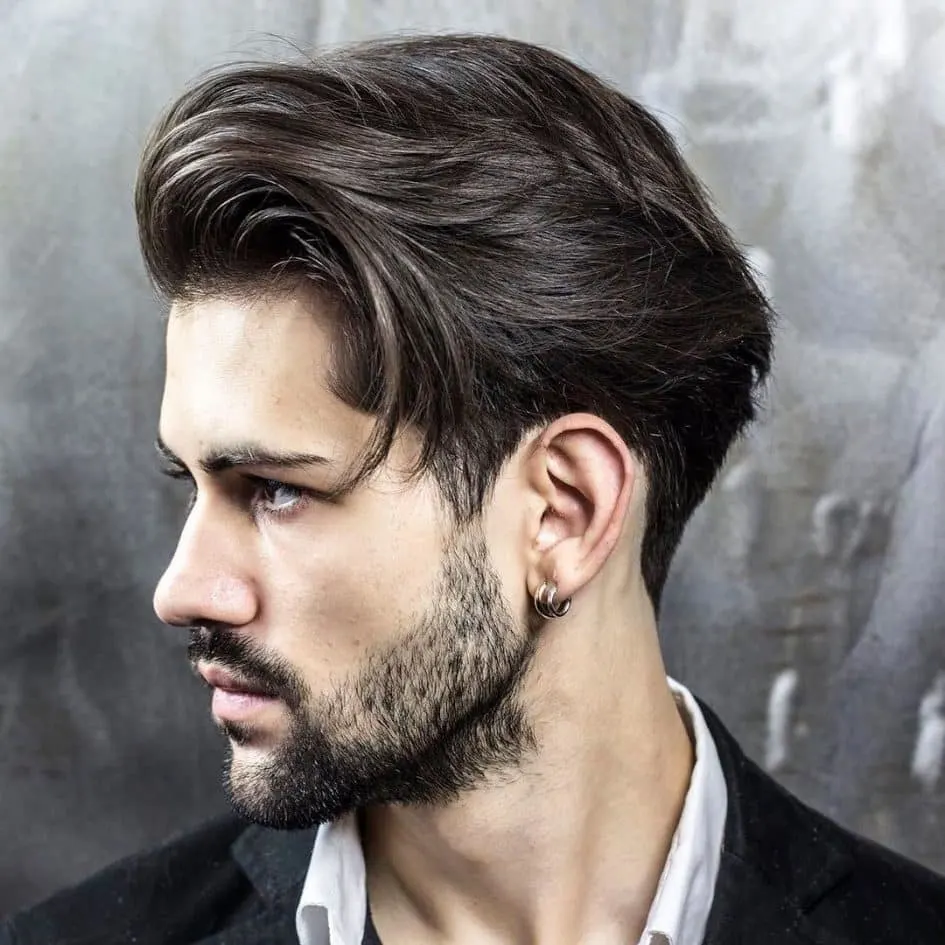
Buzz Cut: Buzz haircut is categorized in short haircuts and is known as a military haircut. Extremely short top hair, side fades, and thin sideburns are used in a buzz cut.
Smaller guard clipper sizes are used for this haircut, and it is better to tell the guard clipper number to your barber so he gets to know the exact type of buzz cut you want to get.

Crew Cut: Crew cut is another most demanded haircut that you can achieve by giving an even haircut at the top of the head, and clipper tapers are used at the sides and back of the head to make fades.

Ivy League: Harvard, Brown, and Princeton Clip are other names of Ivy League haircuts. Most barbers use scissors instead of clippers to maintain the top shape at the top head.

Businessman Haircut: Peaked or taper haircut is the perfect example of a businessman’s haircut. The top head hair length of this haircut is about 2 inches. Guard clippers are used for sideburns, but scissors are used to maintain the top head length.

Caesar Cut: Caesar cut involves small side tapering or no tapering. To make fringes on the forehead, leave one-inch hair at the top while the rest of the hair is left untouched.

Fade Cut: Simple side and back tapering is used in side cut that is done with the help of clippers. The selection of low and high fades depends on the person.

Comb Over Fade: Comb over fade is a combination of different haircut lengths. Long hair is kept at the top while different transitions are used for side and back fades.
Scissors are used at the top, while smaller numbers of guard clippers are used at both sides and back of the head to make a variation of fades.
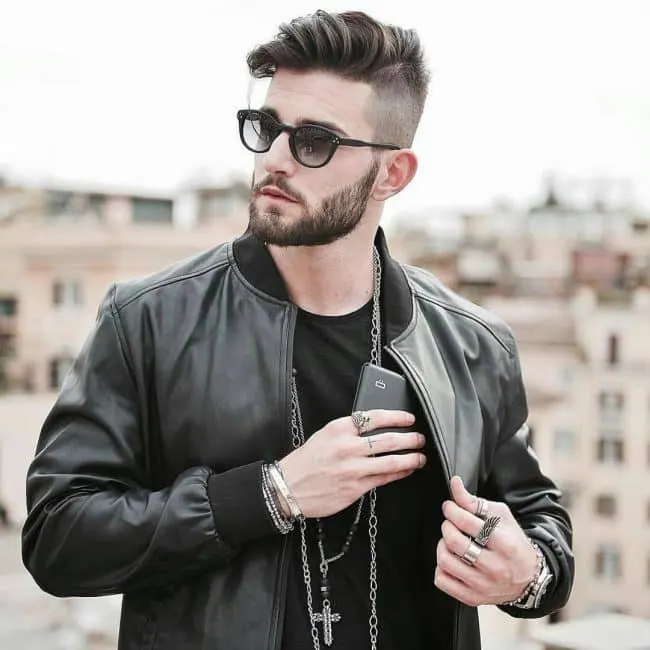
High and Tight: This haircut requires the shortest hair length on both sides and back. The haircut is a variation of different fades seen at both sides and neckline. An inch or half an inch of length is perfect for top hair.
Barbers use scissors or clipper #8 to maintain this hair length. Little maintenance is a distinguishing feature of this haircut that makes it popular among young boys and middle-aged men.
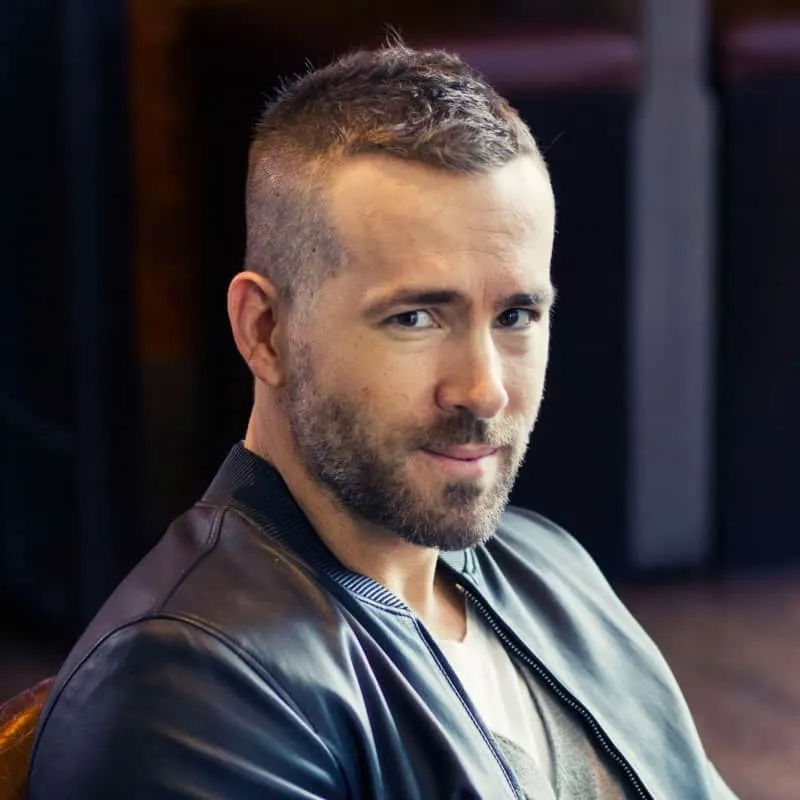
Undercut: Sharp angles and volumes are used in the undercut. The length of top hairs is kept longer while sides are clipped shorter.
You may sweep and slick the top hair while the fade sides give neat and clean looks. Undercut gained popularity after the appearance of James Dean in different movies.
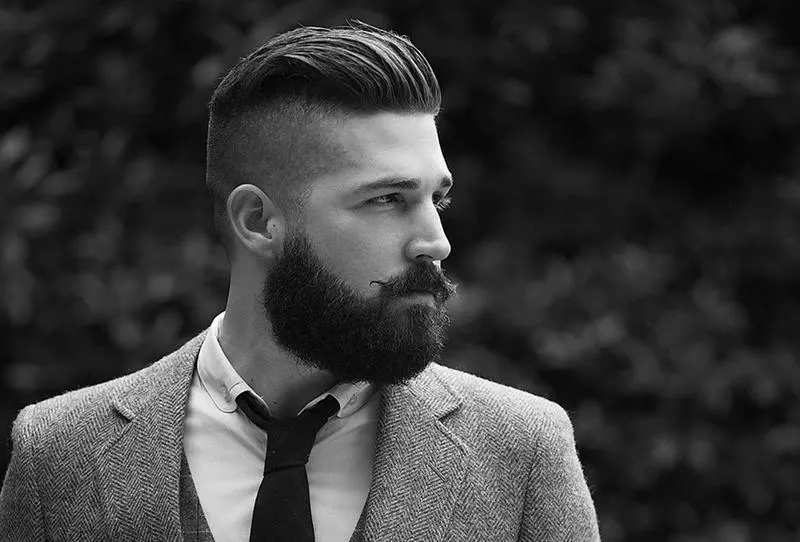
Square Flare Shape: Square flare shape is similar to undercut, but a straight line across the hairline makes it different. It’s one of the neatest haircuts due to the sleek sideburns and clean neckline. However, you require more maintenance as grown hair can ruin the overall shape of your haircut.
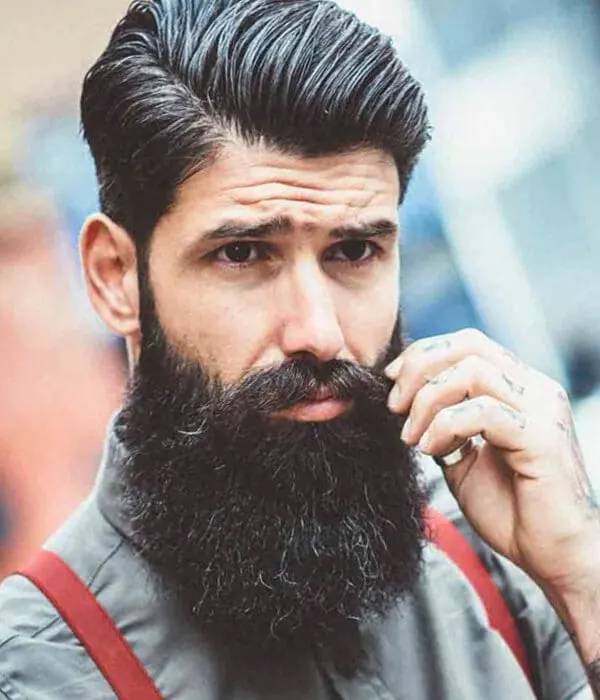
Men’s Asymmetrical: Due to the uneven length of both sides, this haircut is a sophisticated and tricky haircut that needs more expertise and skills on the use of guard clippers. Barbers make different lengths on both sides of the scalp to give a bold look.
Usually, haircut number 1 and haircut number 2 are used for sideburns and neckline, while clippers are used to maintain the top length.
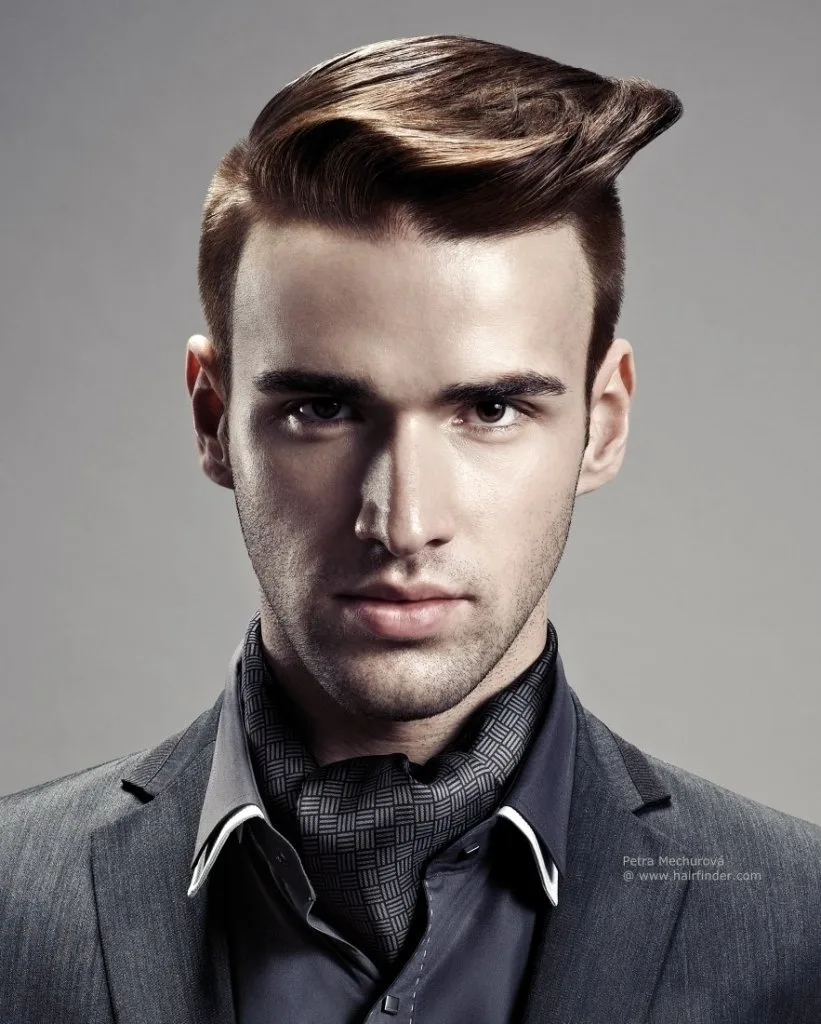
Haircut Number Vs. Clipper Size
Now we will discuss the haircut numbers and the lengths you get from them in detail. This information is necessary to know when you want to use these clippers.
| Haircut Number | Length in Inches | Length in mm (Andis) |
| 1 | 1/8 | 0,25 |
| 2 | 1/4 | 0,5 |
| 3 | 3/8 | 1,2 |
| 4 | 1/2 | 1,2 |
| 5 | 5/8 | 2,4 |
| 6 | 3/4 | 3,2 |
| 7 | 7/8 | 4 |
| 8 | 1 | 5,3 |
Number Zero Haircut
Number zero haircut doesn’t require any guard to be attached. Instead, a permanent guard is used. This haircut exposes the scalp and gives a very deep haircut.
Usually, it’s used for fading and short buzz. However, barbers also use it for bald haircuts as the length remains 1/16 of an inch. Clipper length in mm for Andis hair clipper is 0.2 mm.
Number 1 Haircut
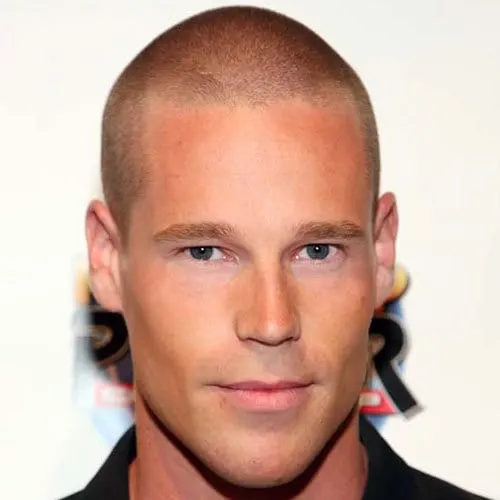
Number 1 haircut is about 1/8 of an inch, and we never recommend it to those who don’t want to expose their scalp. Use Number 1 haircut for taper and fading. Hairstylists use it to give different fading levels.
Guard 1 doesn’t cut hair as deeper as guard zero cuts, but still, you should practice it before a final haircut. Andis hair clipper size for taper and fading style in mm is 0.25 mm.
Number 2 Haircut
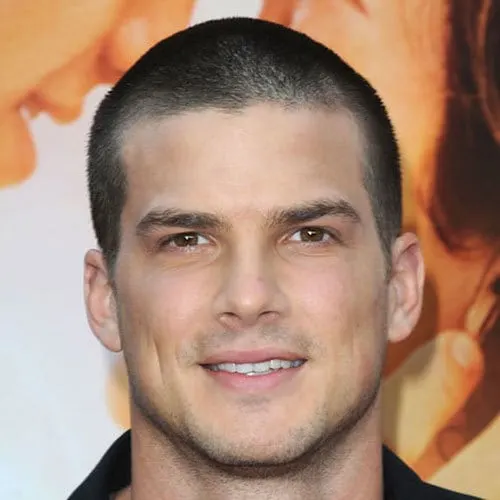
The increased clipper size means increased hair length. Guard 2 clipper size is most barbers’ favorite and the best clipper for making fades. It never cuts hair too long or too short. A ¼ inch is the size of hair you get from this clipper.
Guys with thick hair should prefer guard 2, while those with thin hair should look for another guard number. The Andis clipper blade size of the number 2 haircut is 0.5 mm.
Number 3 Haircut
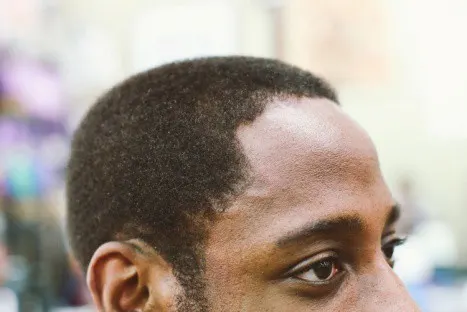
Guard clipper 3 provides a 3/8 inch length, the longest length used for sides and fades. Never go for guard 3 for the sides if you want shorter fades.
Number 3 is also used for the top head if someone wants extremely short hair without showing the scalp.
Such a short length doesn’t need any brush or comb to style the hair. Andis blade 1.2 mm is the clipper length of this haircut.
Number 4 Haircut

Number 4 haircut answers to the needs of both thick and thin hair. It gives a ½ inch long hair and is known as the medium-length hair clipper.
To get an ideal haircut from guard clipper 4, use it at the top of the head and add fades at both sides. Longer hair at the top will leave an impact when you use the clipper in the right way. If you want this haircut, we recommend getting an Andis blade that sizes 1.2 mm.
Number 5 Haircut

This clipper size is for long hairstyles and is ideal for taper styling. This size 5 clipper is used to achieve many hairstyles, and usually, models and celebrities’ hairstyling require clipper 5.
The length of the hair is 5/8 from clipper size 5, and it’s not as blunt as the transition of fades used in taper styling. The Andis clipper size of this hairstyle is 2.4 mm.
Number 6 Haircut

It gives a ¾ inch hair length, and you can use it for tapering. You may use it at the neckline to get the rounded and squared style. We recommend using Andis clipper blade size of 3.2 mm for this style.
Number 7 Haircut
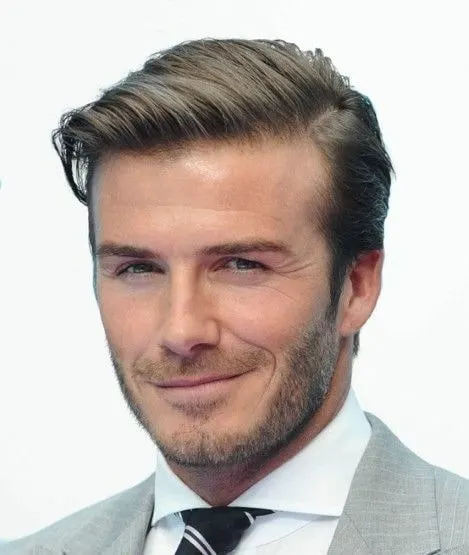
Number 7 haircut gives a crew cut and is perfect for thick hair. But still, you need to use a smaller number clipper that is 4 mm to get side fades.
Number 8 Haircut
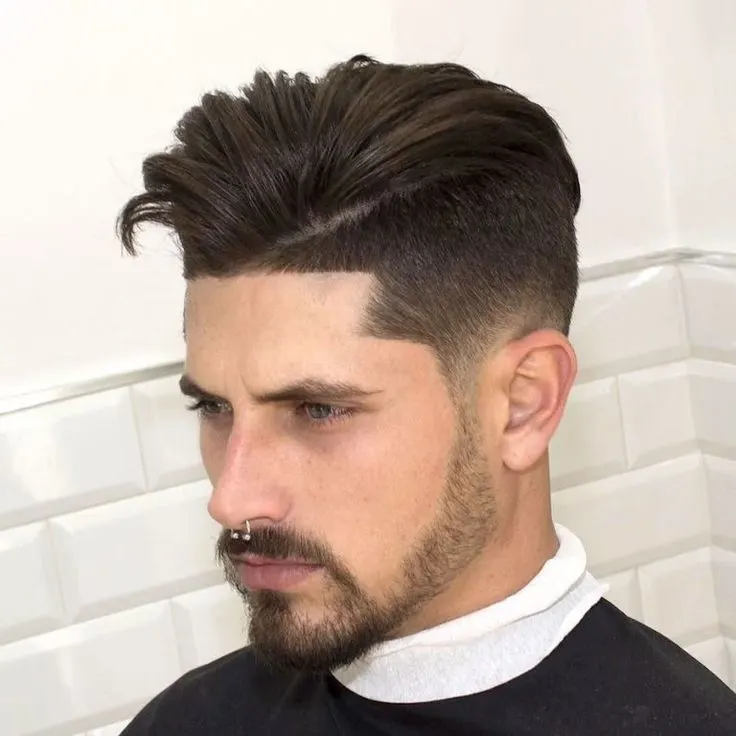
Number 8 is full inch, and it’s the rarely ordered length. Number 8 hair clippers are used to trim the longer hair and used for the top of the head. The haircuts with longer hair at the top and buzz cut at sides require a number 8 clipper. The Andis hair clipper size of this style is 5.3 mm.
The hair clipper & men’s hair video guide:
Common Questions about Haircut Numbers and Hair Clipper Sizes
Different questions arise in the minds regarding haircut numbers and haircut clipper sizes. So here, we will answer a few of the common questions.
The longest haircut number is 8, which is 1 inch long. You can never use it for fades but only for trimming and top head haircuts.
Zero is the lowest haircut number that doesn’t require any guard clipper. You get the bald style from the number zero haircut.
Smaller haircut numbers like 1, 2, 3 are the best haircut numbers to get taper fades. After clipper number 3, you can’t use clippers for fades.
Clipper number 8 gives the perfect fohawk or faux hawk hairstyles. The clipper gives a 1-inch length, while you need to use smaller numbers for side fades.
Different haircut numbers and Haircut clippers play a vital role in achieving the right hairstyle. Hairstylists emphasize the need for professional-level knowledge of these instruments as they are essential for minor detailing.
Without these clippers, using different hair lengths in the same hairstyle wasn’t easy as only experts could do this job. Thanks to these clippers, even you can do complex hairstyles with proper training and practice.
Always use the right terms or inform your barber about the right clipper size so he completely understands your requirements and you both don’t have to repent at the end of a haircut.
If you are unsure about your haircut requirements, show him the haircut image. In addition, one must read the instructions provided by the company on the clippers’ kit and know the correct method if using these clippers.

Lex
Monday 11th of June 2018
The longest clipper guard is #16 for a 2" length. You can find it on Amazon.